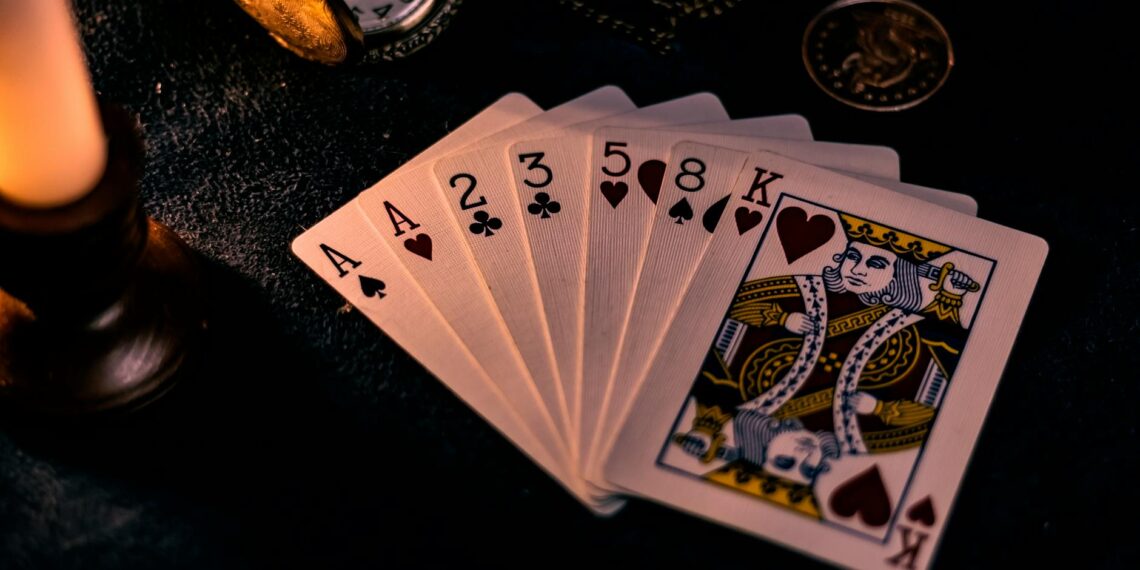The Lydian Lion coin is widely considered the oldest coin in the world. These coins were first minted in the Kingdom of Lydia, located in present-day western Turkey. The Lydian Lion dates back to approximately 600 BCE, during the reign of King Alyattes.
Key details about the Lydian Lion:
- Origin: The Lydian Kingdom, in what is now western Turkey.
- Time Period: Around 600 BCE, under the rule of King Alyattes.
- Material: Electrum, a naturally occurring alloy of gold and silver.
- Design: The obverse features a lion’s head, the symbol of the Lydian kings, while the reverse has a simple incuse punch.
- Significance: It is considered the first coin to be officially issued by a government and served as a model for later coinage. It played a crucial role in facilitating trade and establishing a standardized form of currency.
- Value: Well-preserved Lydian Lion coins are highly sought after by collectors due to their historical significance and rarity.
While the Lydian Lion is generally recognized as the oldest coin, it’s important to note that other early forms of currency existed around the same time in different parts of the world, including China and India.











How old is the oldest US coin?
The Mint delivered the nation’s first circulating coins on March 1, 1793 : 11,178 copper cents.
Which was the earliest kind of coin to be found?
Thanks for asking. The history of coins stretches back to the first millennium BC/BCE. Notable early examples of coins include the Lydian lion coins, Persian daric and siglos, Tong Bei, the dirham and gold dinar.